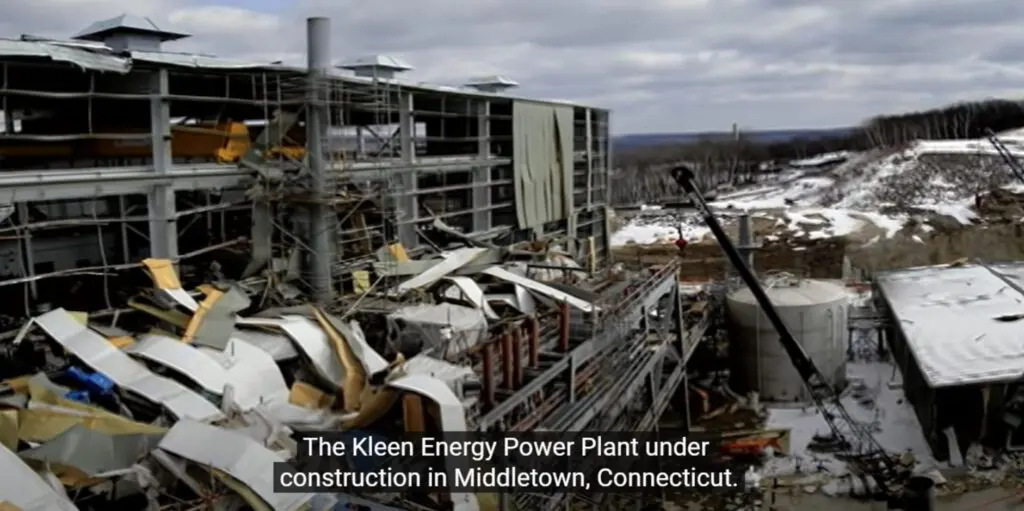The Weekly Reflektion 43/2023
Normalisation of deviance in some form has been around for a long time, however the terminology became well known through Diane Vaughans studies on the space shuttle Challenger disaster in 1986. Normalisation of deviance is particularly dangerous when practices that have a potential to be deadly, become established at a facility or in an organisation. Normalisation leads to these practices becoming accepted and unless someone speaks up and gets them stopped, they continue until an incident, accident or disaster occurs. Some companies become aware of the dangers before someone is hurt. Others are not so lucky.

Do you still have practices that could turn out to be fatal?
June 9th, 2009, at the Conagra Slim Jim Plant near Garner, North Caroline, there was a catastrophic explosion that resulted in the deaths of 3 people and injured 71. February 7th, 2010, at the Kleen Energy Power Plant in Middleton, Connecticut, there was a devasting explosion that killed 6 people and injured 50. Two deadly blasts 8 months and hundreds of miles apart. The tragic accidents at these two plants had the same cause. The practice og using natural gas to flush through pipework to clean out debris or to remove air before the pipework is taken into service.
In last week’s Reflektion week 41/2023, we looked at the Conagra Slim Jim plant explosion. This week we will look at the explosion at the Kleen Energy Power Plant. Interestingly the explosion at Kleen Energy Power Plant occurred just two days after the Chemical Safety Board (CSB) issued its recommendations from the Conagra Slim Jim explosion. How many times do we have to use the expression ‘if only’, related to learning?
At the Kleen Energy plant the construction of the natural gas fuelled power plant was almost finished. New piping had been installed from the natural gas supply line to the new gas turbines. Debris such as rust or welding slag needed to be removed from the piping before introducing gas into the turbines to avoid blocking filters or even damaging the turbine blades. The practice at Kleen Energy was ‘gas blows’ where natural gas, that is conveniently available at high volumetric rates, is used to flush the pipework and blow out debris. Part of the preparation work was to identify and isolate potential ignition sources. Ignition sources are not always easy to eliminate especially in a ‘gas blow’ where metallic debris can cause sparks when it strikes surfaces or objects. When the work was planned there were 150 workers at plant completing the construction work, including 50 people in the power generation building. Only 15 of the 50 were involved in the ‘gas blow’ activity. Fifteen gas blows took place over a 4-hourperiod releasing about 2 million cubic feet of gas into the atmosphere, equating to approximately 57 tons. One of the ‘gas blows’ released gas into a poorly ventilated area and the concentration exceeded the lower explosion limit. The gas ignited, most probably by a spark from debris striking the walls in the enclosed space, and the explosion killed 6 people and injured 50 others.
The investigation expressed their surprise at how common the ‘gas blow’ practice had become especially as suitable alternatives that were inherently safer were available, for example, purging with air or nitrogen, or using a cleaning pig propelled by air through the pipes. Sometimes however a convenient and quick, although inherently dangerous, practice is adopted to save time and effort. The practice is normalised, and it is only a matter of time before a disaster occurs.
